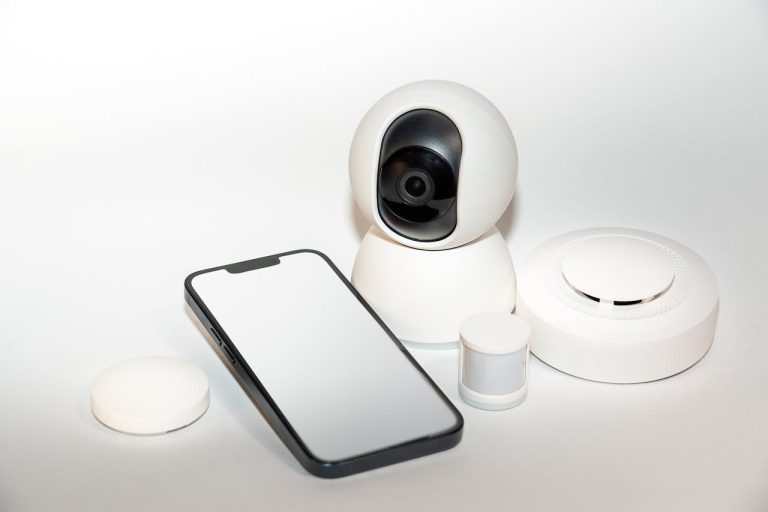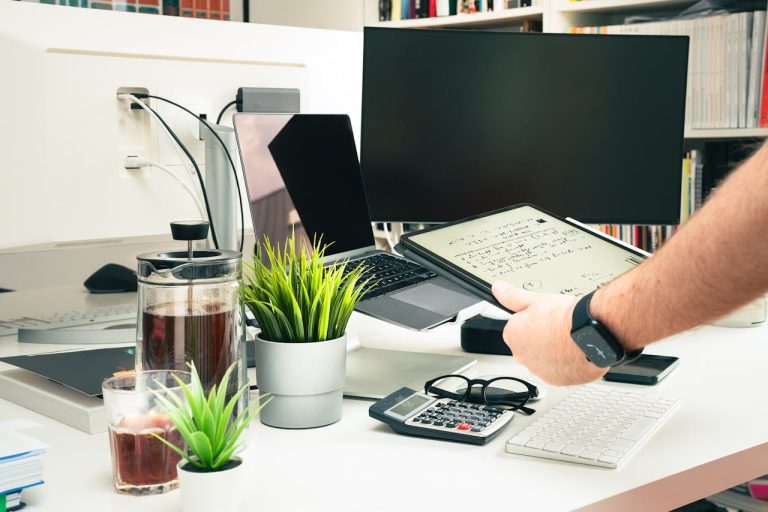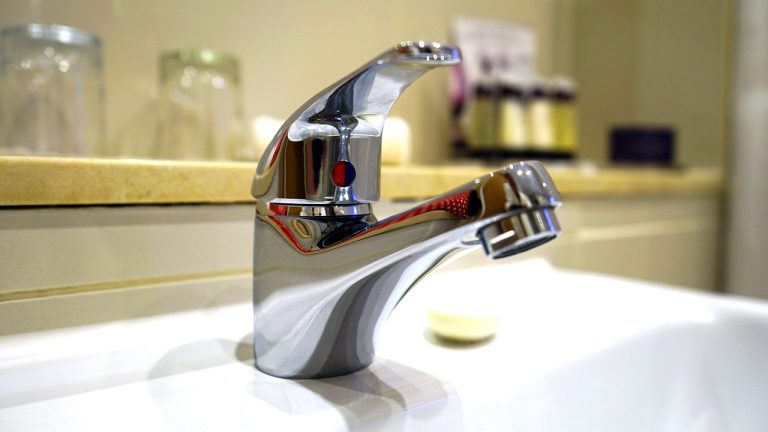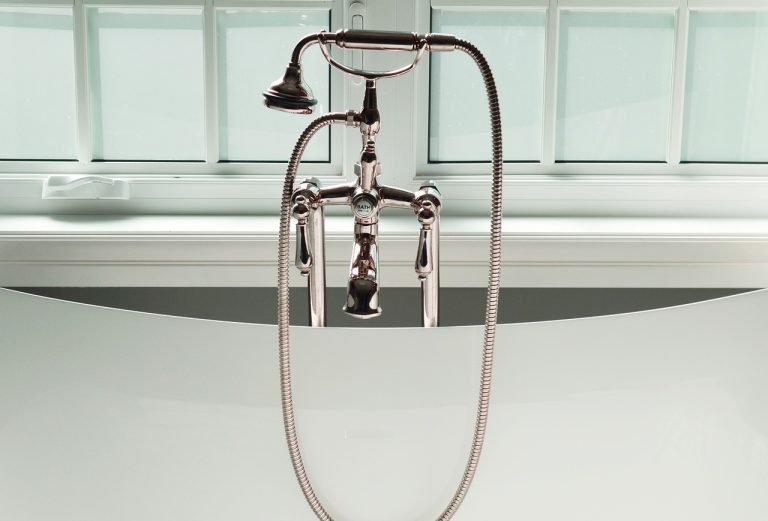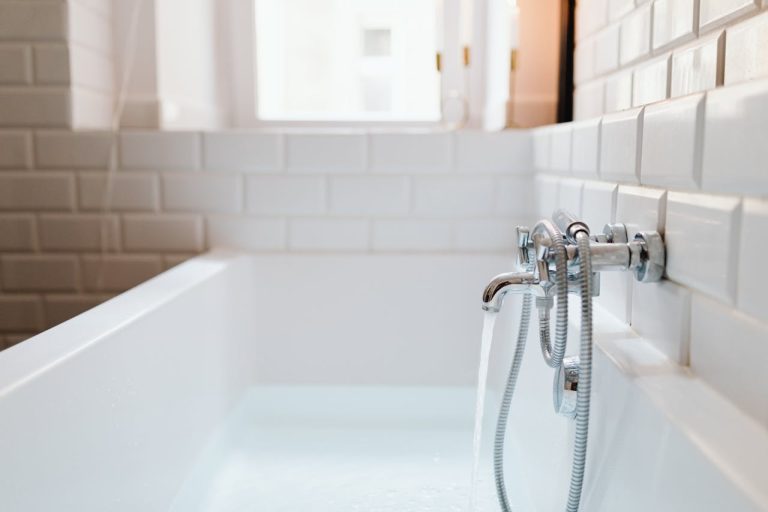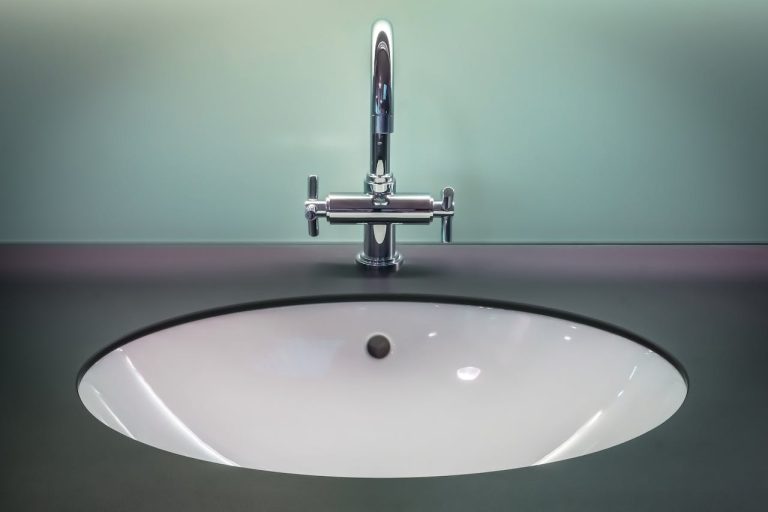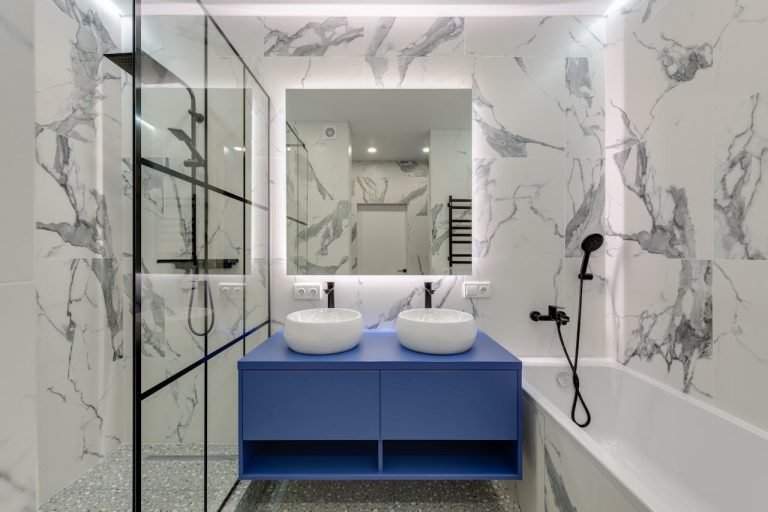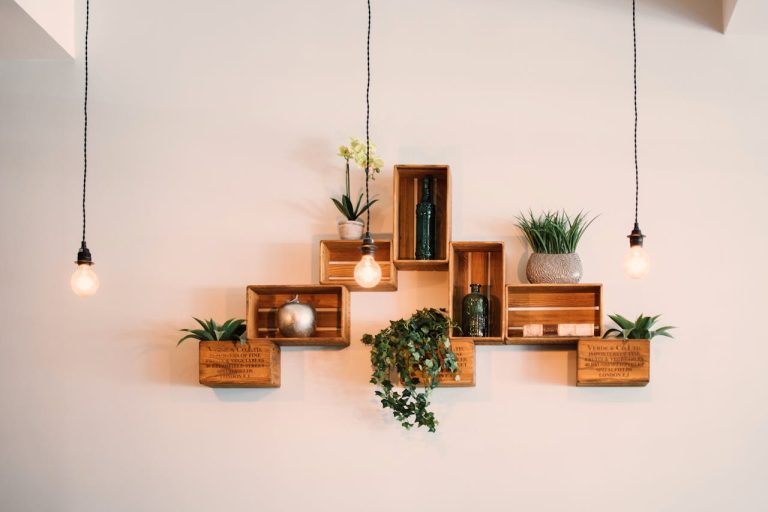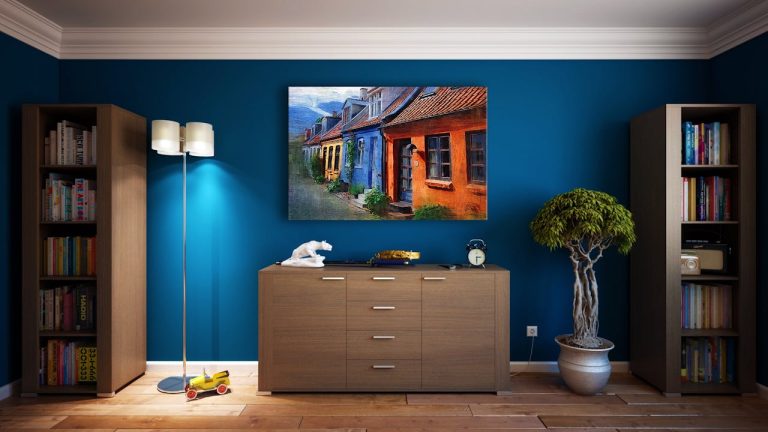As technology continues to evolve, smart devices are becoming essential for creating a more connected, efficient, and convenient living space. In 2025, the latest smart devices offer cutting-edge features that can revolutionize your home. Here are the top devices you need to upgrade your living space this year.
Smart Speakers and Displays
Smart speakers like Amazon Echo, Google Nest Hub, and Apple HomePod have become the cornerstone of modern smart homes. These devices serve as virtual assistants, enabling voice commands for tasks like controlling other smart devices, checking the weather, and streaming music. Smart displays take it further with video calling, home monitoring, and interactive cooking tutorials.
Advanced Smart Thermostats
The newest smart thermostats, such as the Nest Learning Thermostat and Ecobee, provide precise temperature control while optimizing energy efficiency. These devices learn your habits, adjust settings automatically, and allow remote control through smartphone apps, helping you save on energy bills without sacrificing comfort.
Smart Security Cameras and Doorbells
Enhance your home’s security with advanced smart cameras and doorbells like Ring, Arlo, and Google Nest Cam. These devices offer high-definition video, motion detection, and two-way communication, giving you peace of mind whether you’re at home or away. AI-powered features such as facial recognition add an extra layer of protection.
Robotic Vacuums and Mops
Smart cleaning devices like iRobot’s Roomba and Roborock are more efficient than ever in 2024. Equipped with advanced mapping technology and voice integration, these robotic vacuums and mops can navigate complex layouts and clean your floors with minimal input.
Smart Lighting Systems
Create the perfect ambiance with smart lighting systems like Philips Hue or LIFX. These lights allow you to adjust brightness, change colors, and schedule on/off times via a mobile app. They’re also energy-efficient and integrate seamlessly with voice assistants for hands-free control.
Smart Plugs and Power Strips
Smart plugs from brands like TP-Link Kasa and Belkin Wemo transform ordinary appliances into smart devices. You can control them remotely, set schedules, and monitor energy usage. Smart power strips offer additional functionality by managing multiple devices simultaneously.


